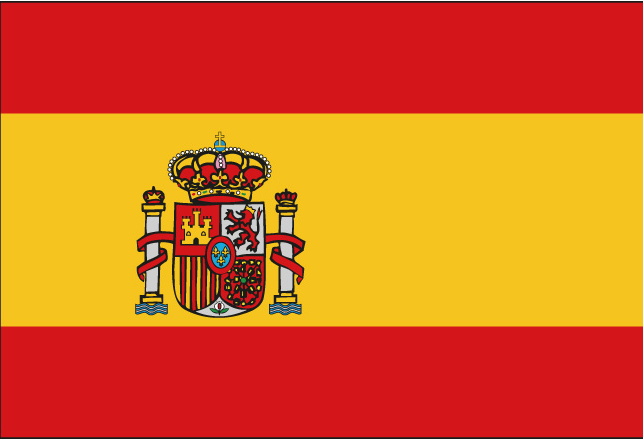frequently asked questions
- homepage
-
frequently asked questions
frequently asked questions
What is point value?
We use decimal point after the decimal point "5, 3 and 2 "Please provide a quote for currency pairs. These decimal places are called decimal points or point values.
After the decimal point 5 The currency pair of the position, One point is 0. 00010
After the decimal point 3 The currency pair of the position, One point is 0. 010
After the decimal point 2 The currency pair of the position, One point is 0. 10
for example If the pound/USD from 1. 51542 rise to 1. 51552, 0. 00010 The upward trend of the US dollar is a point
How foreign exchange trading operates?
"In terms of risk management, The correct position size is crucial.
This means that the correct risk exposure should be applied to each position based on the size of your account, And take the time to understand how volatility and recent price changes affect the level of risk you take on.
This also includes assessing the risks of subsequent events that may affect the market (" Event Risk" ) , In order to better understand
The possibility of market change catalysts affecting your open trades" .
What is technical analysis?
Technical analysis evaluates price increases in the market, Probability of decline or interval fluctuation.
The market is the sum of a series of random events, Therefore, as a trader, Our job is to manage risks and assess probabilities.
probability. This is precisely where charts can provide assistance.
When you start using technical analysis, When analyzing price behavior or a mixed analysis of both, The first thing to do is to ask yourself a few questions, See what the market is trying to tell you:
What insights does the chart format provide for the behavior of active market participants at that time?
If the trend of a market is upward or downward, So what is the likelihood of this trend continuing?
The market may have already shifted from A We've arrived B, But how do we evaluate the overall quality of this process?
How foreign exchange trading operates?
Foreign exchange trading is the act of simultaneously buying and selling one currency.
The combination of these two currencies is called a currency pair. Currency always trades in pairs, Each currency in a currency pair has a unique three letter code.
The first two letters of the code represent the country, The third letter represents currency. for example, code "JPY " Representing Japanese Yen.
Foreign exchange prices are called exchange rates, Representing the value of one currency against another currency.
for example, The price or exchange rate of Euro to USD can be expressed as
euro/dollar = 1. 23700
The currency on the left is the base currency (In this example, it is Euro) . The currency on the right is the quoted currency (In this example, it is in US dollars) .
currency (In this example, it is in US dollars) .
What is Fundamental Analysis?
The exploration of technical analysis and price behavior analysis is "What is it" , Fundamental analysis focuses on "why?
Fundamental analysis is an extremely diverse discipline, It takes time to master, This is also why many individual traders learn technical analysis when starting their trading journey.
Whether we are in the news or not, Earning, economic data, Central bank action or political prediction and subsequent response, Trading using fundamentals is all about understanding "why" .
politics, Trading using fundamentals is all about collecting knowledge, Understand why the market responds in specific ways. it
It can also help us understand whether various variables will continue to affect future prices, If possible, To what extent will it affect.
trend line
bull market "perhaps " upward trend
The upward trend is composed of peaks and valleys in a series of price movements, in this period, The price is showing an upward trend. A sustained and stable upward trend is considered "be expected to rise " And buying opportunities.
bear market "perhaps " Downward trend
The downward trend is composed of a series of peaks and valleys, in this period, The prices of financial instruments tend to decline. The sustained downward trend is considered bearish on the relevant prices, It's an opportunity to sell.
Horizontal Plate "perhaps " plate
When the market trend neither rises nor falls, It is called "Flat " perhaps "Interval oscillation" .
in this case, Neither bull nor bear markets can control the relevant prices, The market will experience horizontal fluctuations, Until one party regains its dominant position.
Horizontal market fluctuations, Until one group once again takes the dominant position.

 中文繁体
中文繁体  Deutsch
Deutsch  Français
Français  Español
Español 